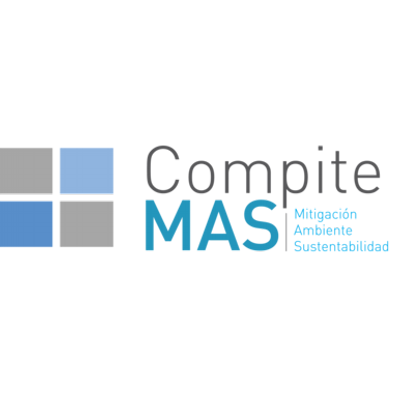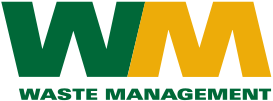Infrastructure, Energy & Services
EarthShift Global helps global supply chains and service businesses improve environmental performance and boost the sustainability of sectors that rely on them.

The impacts of global supply chains and service businesses are heavily influenced by infrastructure and energy. EarthShift Global helps these essential sectors improve their environmental performance and boost the sustainability of the many economic sectors that rely on them.
The demand for sustainable building products is growing, and the role of life cycle assessment in supporting the development and certification of alternative building products is becoming increasingly important. EarthShift Global can contribute to many aspects of green building products by using LCA to inform product design and material selection, and to quantify the life cycle impacts of emerging green building products to inform Environmental Product Declarations (EPDs).
EarthShift Global has conducted LCAs of alternative building products, including a comparative study of the life cycle impacts of plastic deck boards relative to conventional pressure-treated boards. The cradle-to-grave study revealed the importance of considering the use phase and consumer behavior in evaluating alternative building products. Most recently, EarthShift Global has used our LCA expertise and our optimized EarthSmart software program to support CarbonCure, a sustainability leader in the concrete industry, in developing EPDs for sustainable concrete products.
Our Building Products & Infrastructure clients include:









Solutions to high impacts in transport and logistics are often found in how they are implemented instead of the traditional supply chain of material flows. Our insights can help you identify different implementation strategies to save you money while reducing impact.
Our Transport & Logistics clients include:



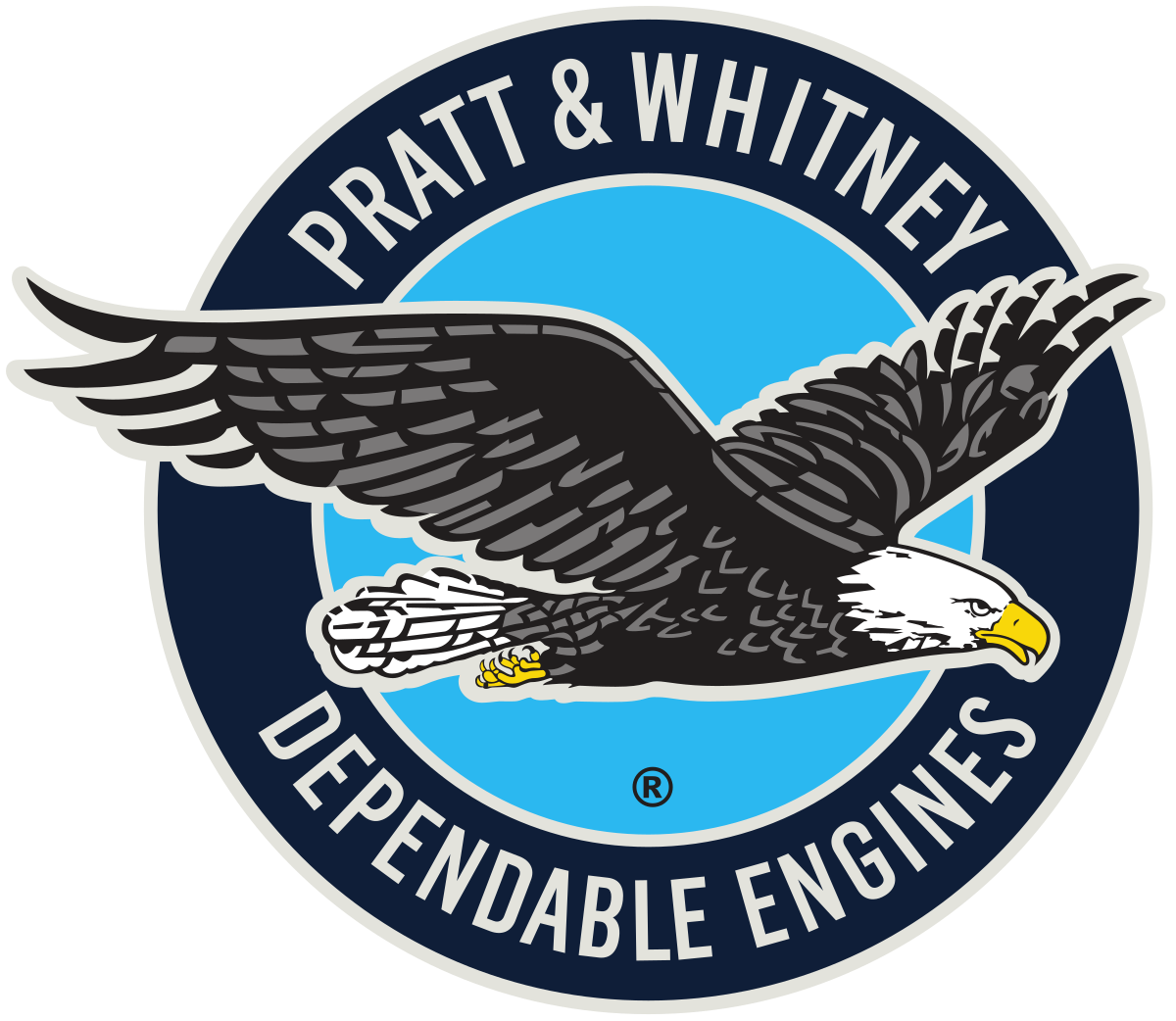
Energy systems are fundamental for every economic activity and perhaps one of the areas with most innovation and technology development. We have worked with industry in this area to reduce environmental impact and guide technology development research.
Whether you are considering innovations in traditional or alternative energy paths, we can cut through much of the upfront work to quickly advise you of the benefits and tradeoffs. EarthShift Global has worked on numerous carbon footprint assessments for both large and small-scale alternative energy installations supporting the permitting process.
Our Energy Systems clients include:





.jpg)



Hospitals are increasingly demanding products with lower environmental footprints, with metrics including water consumption, embodied energy and solid waste. At the same time, the healthcare and life sciences industries are limited in their response by the multitude of regulations surrounding their products. To overcome these challenges requires an understanding of the limitations and the opportunities, augmented by some out of the box thinking. EarthShift Global combines training, guidance, and modeling and improvement skills to empower innovative change.
One example of this type of innovative change occurred in the sharps container industry. With a big trend toward reuse of sharps containers, BD wanted to go one step further. The result was a sharps container program that included recycling of the container—contents and all.
Our Health and Life Sciences clients include:

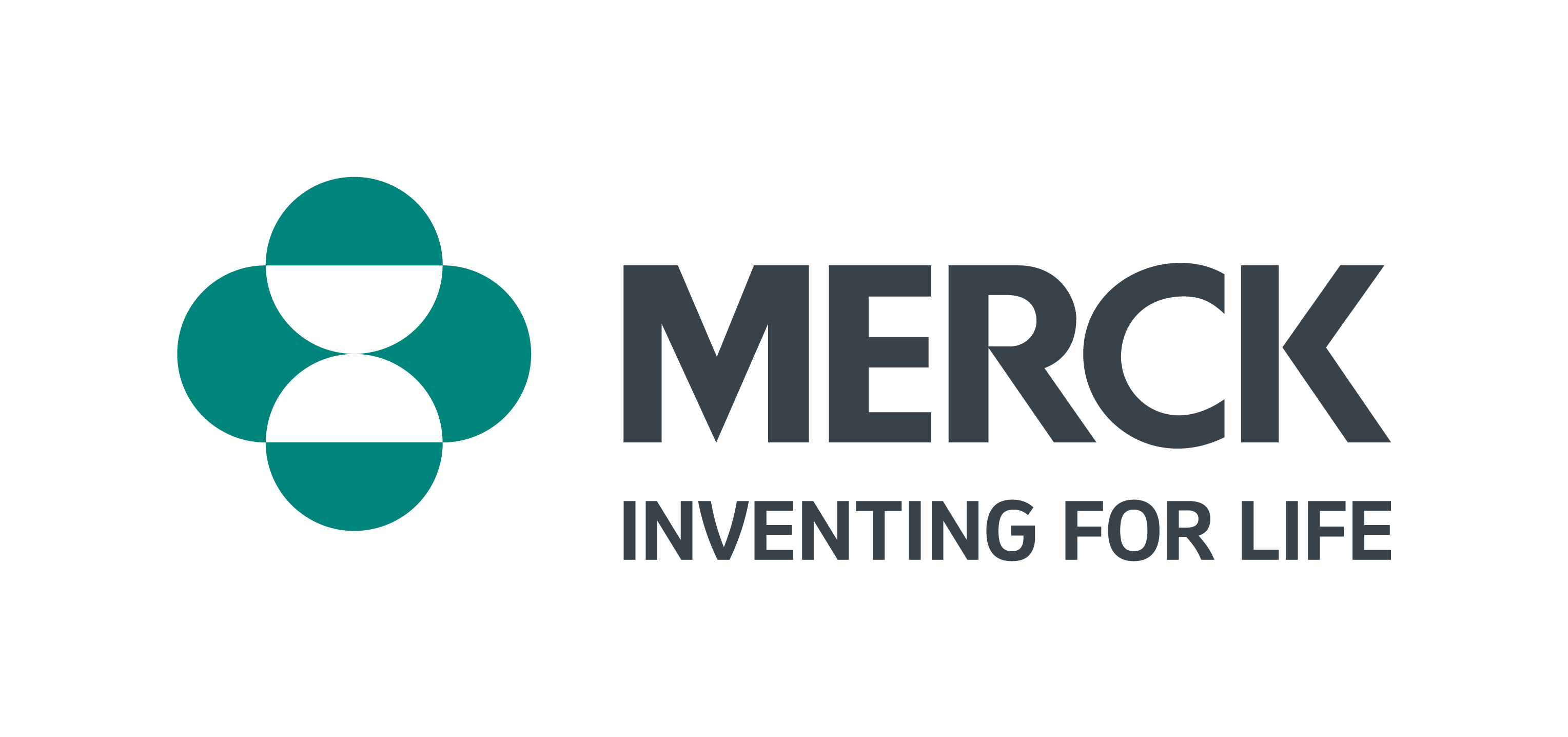
_(logo).jpg)
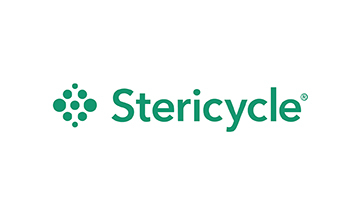
_logo.svg.png)
Product end-of-life can be complicated to model, particularly when recycling or reuse is involved. Where does one life end and the other begin? The social aspects of landfill and incinerator location add another dimension to the sustainability of waste management.
EarthShift Global has explored many ways of modeling end-of-life and provides clients with a comprehensive understanding of the different perspectives and questions that stakeholders may have:
- What if there is not enough demand for recycled material?
- What if there is too much demand for recycled material?
- What risks and opportunities are there to landfilling? Incineration?
- What can be done to educate the public and minimize the risks around these technologies?
- What is the benefit of a take-back program? Do the transportation impacts outweigh the benefits of reuse/recycling?
We’ve also looked in detail at the different end-of-life options including an in-depth study of the US landfill process that is in the most current release of DataSmart, several pyrolysis studies, gasification, and enzymatic and chemical treatment of waste products to create fuels and other raw materials.
Our Waste Management clients include:

_logo.svg.png)
